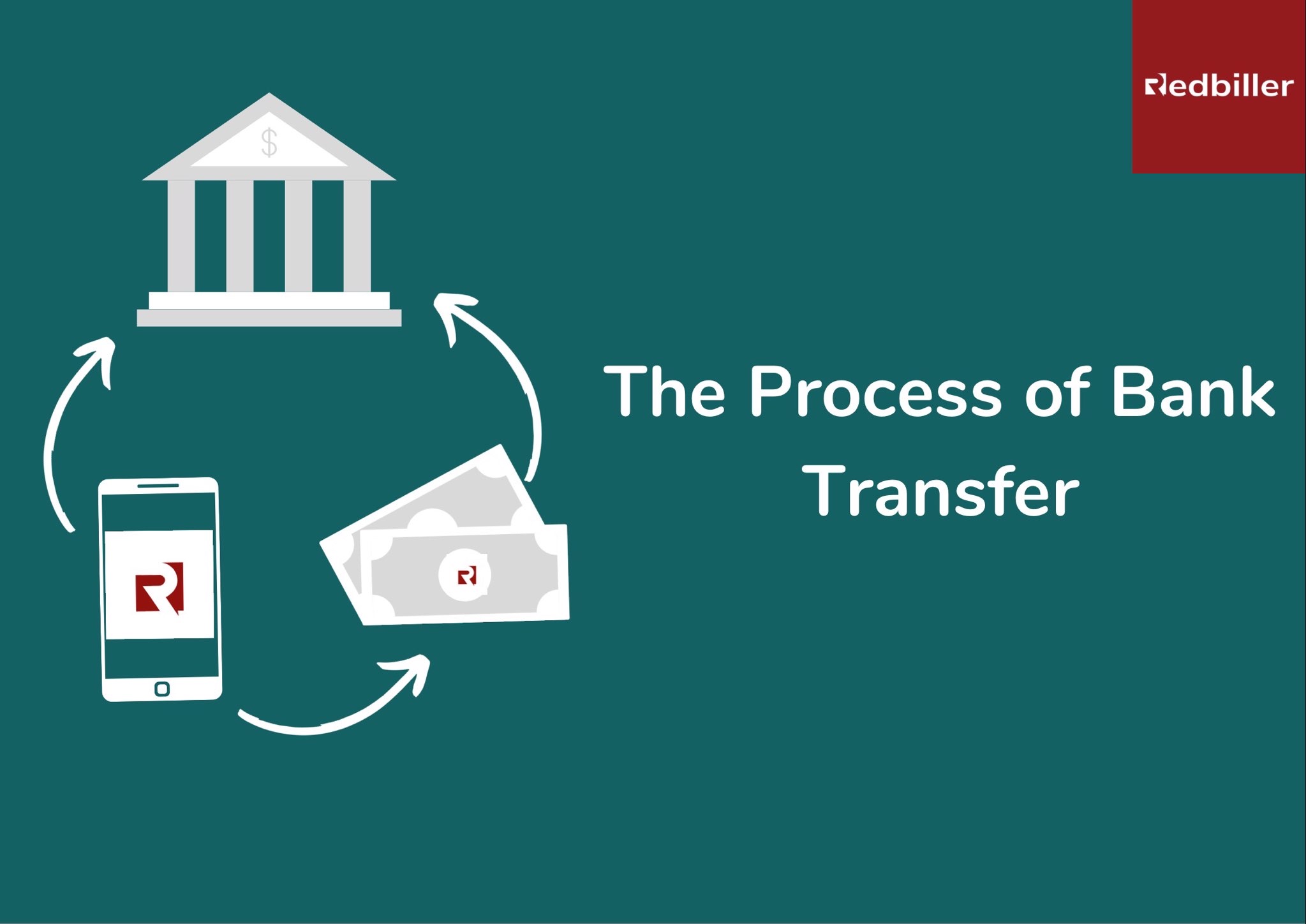There was a time when you had to enter the bank and pay into the receiver’s account. Looking back now, we can only imagine how hard life was back then. But before that era, people had to mail the money. Can’t imagine your every day like that now, can you?
Technology has made our lives easier in ways we did not even know was possible. We can now do it fast and way better. However, it also means we are less involved in the process.
When you activate something on your mobile device, open an app or register on a platform, there are a lot of backend requests and activity that goes on that we are not aware of. We just want a result or response as soon as possible. And when this does not come, we know something is wrong.
Moreover, because we don’t know or understand what is wrong, we get alarmed and can sometimes begin throwing a tantrum. That is the story of Bank transfers.
Fintech innovations have made it possible for us to send money from the comfort of where we are and at any time we wish. Just a few numbers on your phone, and you can expect a confirmation from the receiver with the next 2-5 minutes.
And while the success rate of these transactions is very high, it is not without shortcomings like poor network connection and system upgrade, which can lead to the service being unavailable or a failed transaction.
But the focus of this post is what happens when you initiate a transfer from your phone to the time it drops in the receiver's account.
What happens to the money?
When you initiate a transfer on your device through your bank app or USSD channel, the money is first taken out of your account by your bank and sent to NIBSS (Nigeria Interbank Settlement Scheme).
NIBSS is the body responsible for moving money between banks in Nigeria. Every Nigerian bank has an account with NIBSS.
NIBSS then credits the receiver’s bank with money sent, and the bank, in turn, credits their customer’s account. This process usually takes about 2 minutes from the time transaction was completed.
NIBSS will notify your bank when the money has been received by the receiver’s bank. If the money doesn’t get to the receiver’s bank, your bank will be notified, and it will be reversed.
But there are times when it doesn't turn out to be as simple as this. For instance, when the receiver doesn’t get the money and you don’t get a reversal. Please be merciful to your bank. The money is likely not with them nor the delay from them. The possibilities are the receiving bank could have temporarily turned off their switch at NIBSS, so they cannot receive money at that time. The receiving bank could also be undergoing maintenance during which they cannot process any transactions. And it could be due to heavy traffic at the receiving bank. If they have a lot of transactions pouring in at once, it might take a little while to get to yours.
Also, sometimes, NIBSS doesn’t send a confirmation to your bank, so your bank will keep trying to complete or reverse the transaction. If any of this does not happen within 24hours (the duration vary between 2 -24hrs for different banks), you should log a complaint at the nearest branch of your bank.
The good thing about this process is that it keeps getting better. We know the inter-bank transfer was not this simple a few years ago. You could literally not get the alert till the next day. And the charges?
Well, we can be sure this is not the final product. A few years from now, the little shortcomings would be gone. In the meantime, please reconsider going to fight at your bank.



